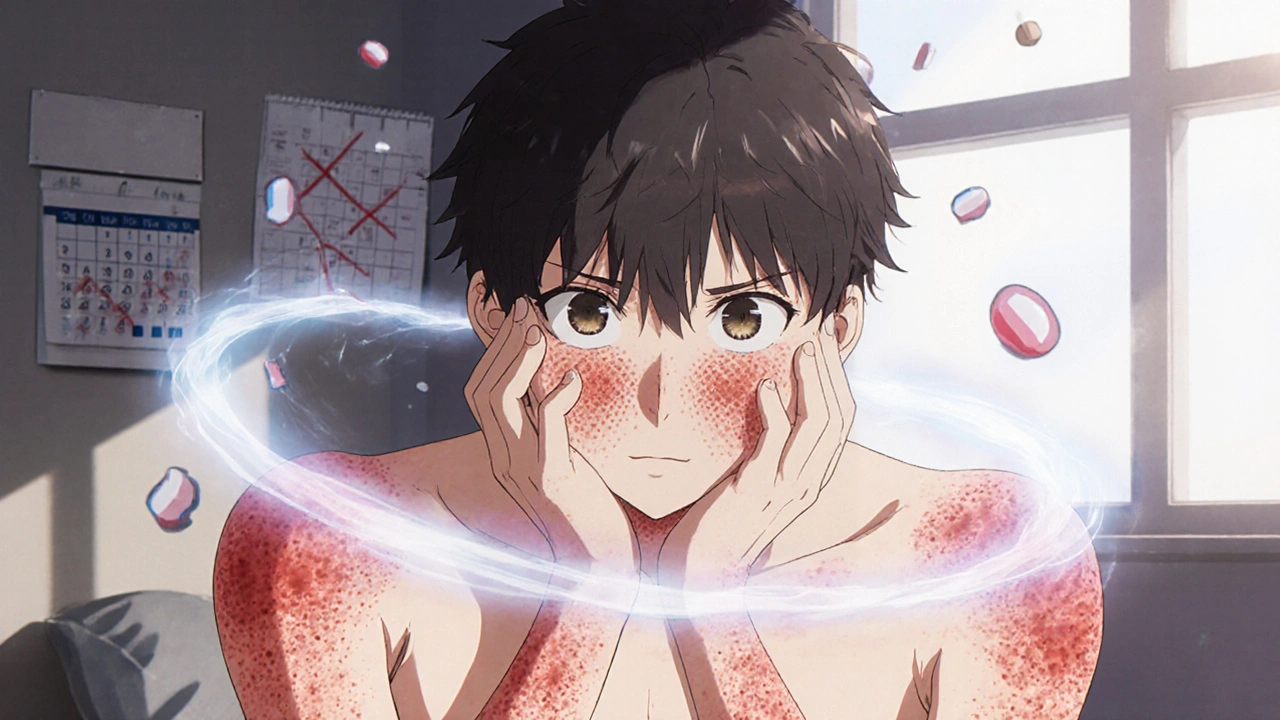Urticaria Treatment: Effective Options, Triggers, and What Works Best
When your skin breaks out in raised, itchy welts that come and go without warning, you’re likely dealing with urticaria, a common skin condition also known as hives, characterized by red, swollen, itchy patches that can appear anywhere on the body. Also known as hives, it affects nearly one in five people at some point in their lives, and while it’s usually not dangerous, it can be exhausting to live with. Many assume urticaria is just an allergic reaction, but that’s only true in about half the cases. The rest are triggered by stress, heat, pressure, infections, or even unknown causes—what doctors call chronic urticaria, a form of hives lasting six weeks or longer without a clear trigger. This isn’t just a rash—it’s a signal your body’s immune system is overreacting, and treating it means understanding why it’s happening, not just covering it up.
The first line of defense for most people is antihistamines, medications that block histamine, the chemical responsible for itching and swelling in allergic reactions. Over-the-counter options like cetirizine or loratadine work for many, but if they don’t, your doctor may prescribe stronger ones like levocetirizine or even off-label use of doxepin. For stubborn cases, newer drugs like omalizumab (an injectable biologic) have shown real results—cutting flare-ups by over 70% in clinical trials. But meds alone aren’t enough. People who track their outbreaks often find patterns: a hot shower, tight clothing, certain foods like shellfish or tomatoes, or even emotional stress can spark a reaction. Keeping a simple daily log—what you ate, how you slept, what you were doing when the hives appeared—can reveal triggers no test will catch.
There’s no magic cure, but most cases improve with time and the right approach. Avoiding known triggers, sticking to a consistent antihistamine schedule, and learning to manage stress can turn daily discomfort into manageable episodes. What you’ll find in the posts below isn’t just a list of drugs—it’s real-world insight from people who’ve been there, doctors who’ve seen it all, and science that cuts through the noise. Whether you’re dealing with a one-time flare or years of unexplained hives, you’ll find practical, no-fluff advice that actually helps.

